This week and last in EDCI339, we investigated FLOE Inclusive Learning Design Handbook and floeproject.org. FLOE stands for “Flexible Learning for Online Education.” FLOE works with learners, educators, and curriculum developers to enable and cultivate adaptable learning using open educational resources (OER). While exploring these readings and platforms, three concepts resonated with me more than the others: the one-size-fits-one approach, FLOE’s diverse scope of targeted learners, and the societal impact of enabling accessible learning.
The one-size-fits-one approach is described on both web-pages. This approach honours learners’ diverse and unique needs by using flexible designs that allow for individual customization. I believe this is important because customization enables learners to adapt their learning experience to fit their circumstances and preferences. The scatter plot to the right depicts the distribution of learners’ needs where the majority’s needs are concentrated in the center, while other learners have needs that are on the periphery. Members of this minority benefit
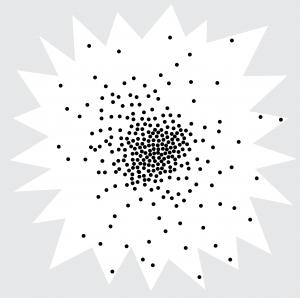
https://handbook.floeproject.org/AskStrangersToHelp.html
from adapted designs. I have personal experience working with individuals who face challenges including deafness, sight impairment, and learning disabilities. Traditional teaching methods often do not allow these individuals to reach their full potential. Sometimes, a simple customization like increasing the contrast of an image can help the learner to understand the lesson. I believe that the one-size-fits-one approach is a step towards alleviating these challenges in education. In my opinion, this principle is the foundation of other concepts described in the FLOE handbook including inclusive design, accessibility principles, and accessible standardized testing.
According to the introduction of the FLOE Inclusive Learning Design Handbook, the proposed strategies are applicable when educating “preschoolers, graduate curriculum or life long learning resources.” Although the one-size-fits-one approach focuses on the individual, FLOE’s scope focuses on universality; regardless of age, education level, or curriculum, all learners can benefit from accessible and personalized learning. I appreciate FLOE including this statement in the handbook because I believe that modern education does put enough emphasis on accessible learning at all ages. Fortunately, research suggests

elementary school educators are increasingly using teaching methods that accommodate students with special needs. However, based on my own experiences, it seems equity is not prioritized to the same degree in post-secondary education. Perhaps, educators assume that adult learners have “figured it out by now.” I believe learners deserve accommodation throughout every academic stage. With this accommodation, more learners can reach their full potential as they pursue lifelong learning.
The FLOE handbook also addresses the question, “Why is this important?” FLOE authors state that a society’s prosperity depends on equal access to education. When learners have limited access to effective education, their future employment opportunities and earning potential may be hindered. This contributes to socioeconomic disparities and in extreme cases, may lead to poor literacy. I believe this is an important consideration because literacy is crucial when navigating public systems such as the healthcare, political, and legal systems. The video below explains the relationship between access to education and socioeconomic inequality in the United States. Even in Canada, equal access is crucial when considering post-secondary education and the role it plays in economic equality. With accessible open education, learners acquire the knowledge they need to gain employment, alleviate socioeconomic disparities, and operate in our ever-changing society.
Video made by The Achievement Gap Initiative at Harvard University and accessed at www.youtube.com/watch?v=9lsDJnlJqoY.
While exploring the FLOE resources and information, I found two concepts difficult to understand. First, I am struggling to visualize implementation of EPUB as a FLOE technique. The “Techniques” page describes EPUB as an open ebook format used in open online academic settings. However, there are no images or videos to help the reader visualize this technique. Secondly, at the bottom of all handbook pages, there is an option to “Edit this Page on GitHub.” I am confused about how this editing function is regulated, edited, and proofread by the administrators. Although the web-page describes the benefit of collaborative creation, the authors do not describe how to implement this system in a sustainable and realistic fashion. Since both these topics of confusion relate to implementation, I would like to pose the following question: what are the best examples of real OERs that have successfully implemented FLOE’s universal design strategies? The FLOE website and handbook describe their strategies conceptually. However, by interacting with online examples, I would gain a deeper understanding of how these strategies are implemented in a way that benefits learners everywhere.
What are the best examples of real OERs that have successfully implemented FLOE’s universal design strategies?
Featured Image Attribution
The featured image is from https://floeproject.org/.
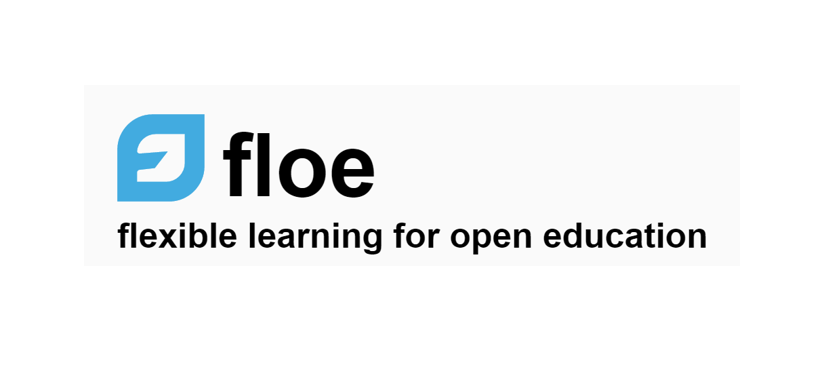
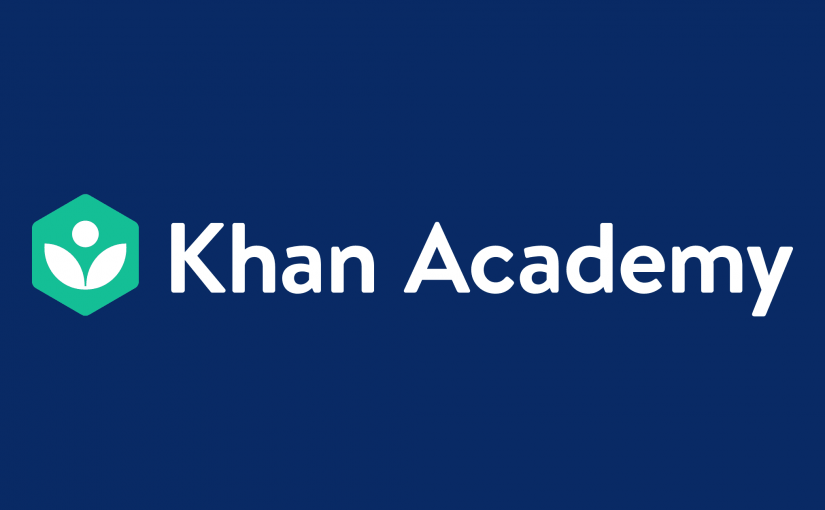
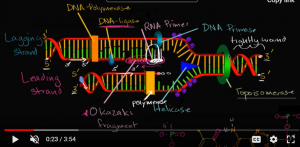

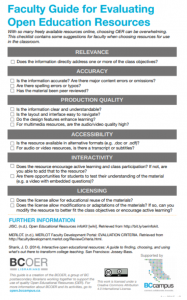 Please click
Please click 